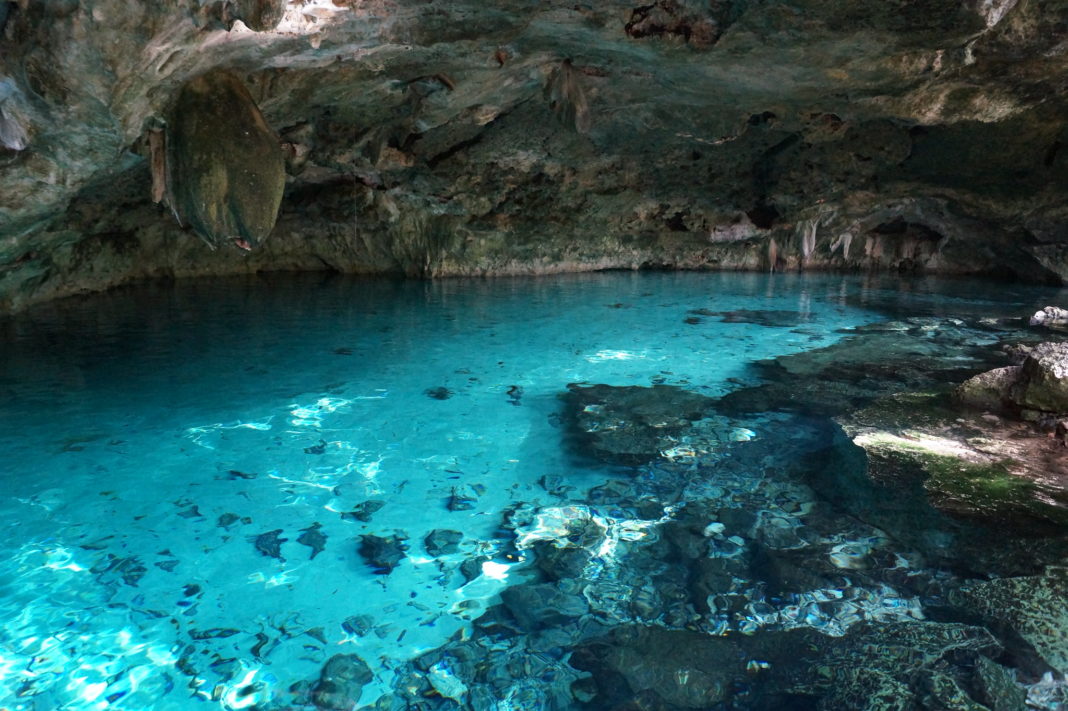Dos Ojos (from Spanish meaning “Two Eyes”; officially Sistema Dos Ojos) is part of a flooded cave system located north of Tulum, on the Caribbean coast of the Yucatán Peninsula, in the state of Quintana Roo, Mexico.
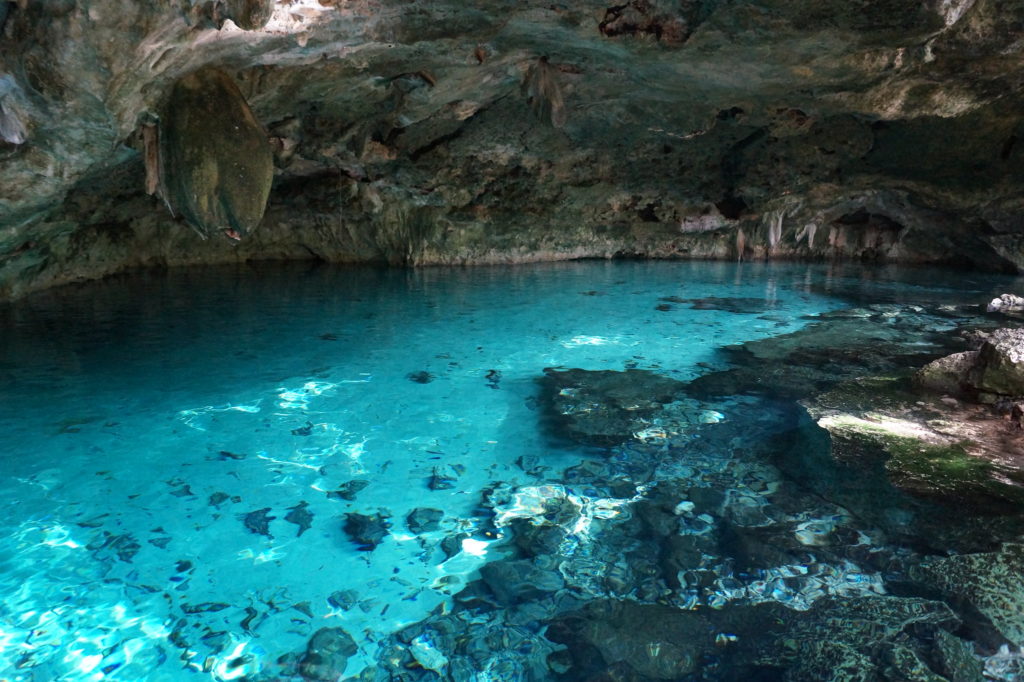
The extent of the cave system is 82 kilometers long and there are 28 known sinkhole entrances, which are locally called cenotes. In January 2018, a connection was found between Sistema Dos Ojos and Sistema Sac Actun. The smaller Dos Ojos became a part of Sac Actun, making the Sistema Sac Actun the longest-known underwater cave system in the world.
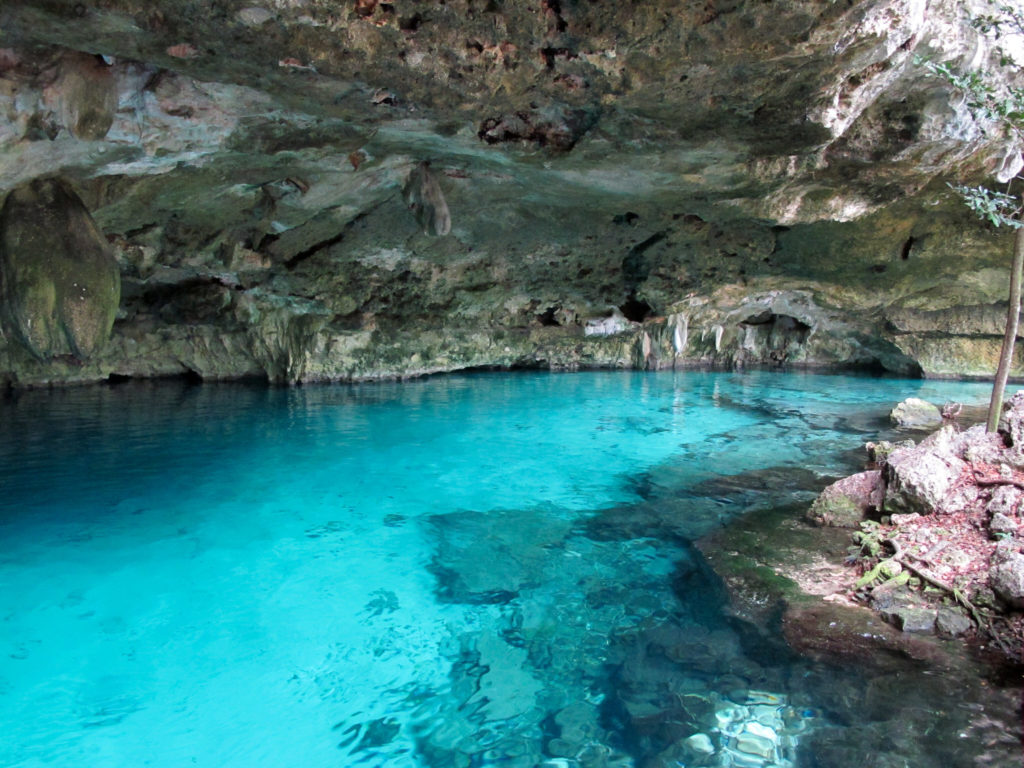
Dos Ojos is an anchialine cave system with connections to naturally intruding marine water and tidal influence in the cenotes. The coastal discharge point(s) of this cave system has not yet been humanly explored through to the ocean, although large volumes of groundwater were demonstrated by dye tracing to flow towards Caleta Xel-Ha, a nearby coastal bedrock lagoon.
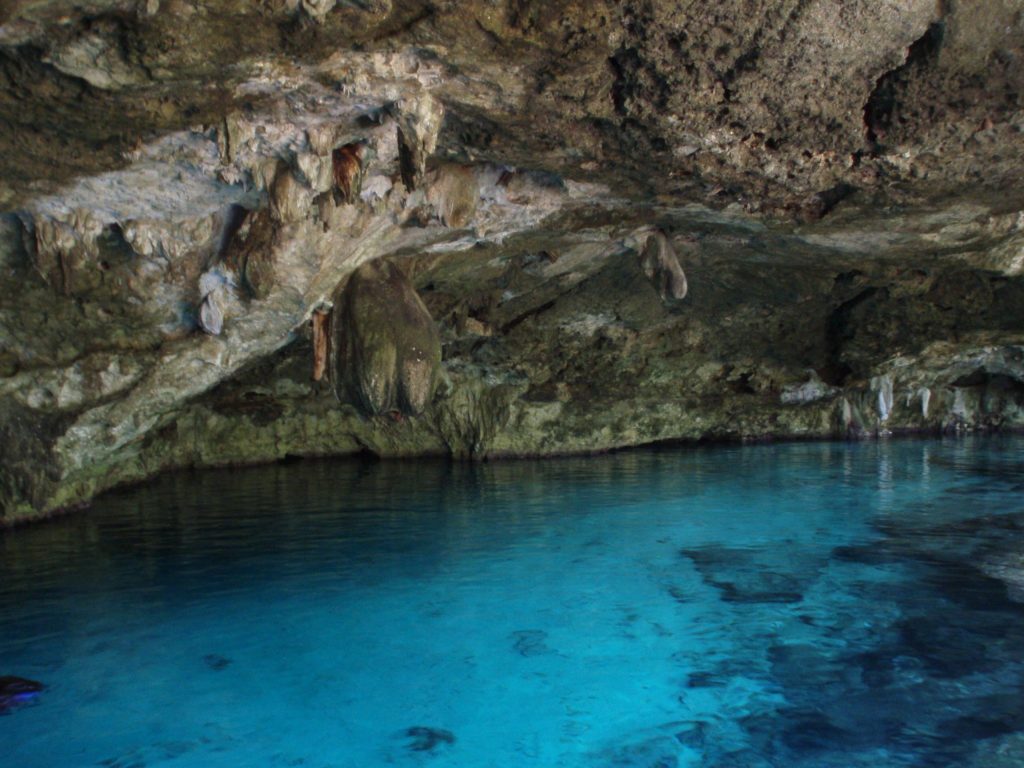
Water temperature is 25 °C or 77 °F throughout the year, and the maximum depth near the Dos Ojos cenotes is approximately 10 meters. The water is exceptionally clear as a result of rainwater filtered through limestone, and there is very little soil development in this region since the limestone is very pure.
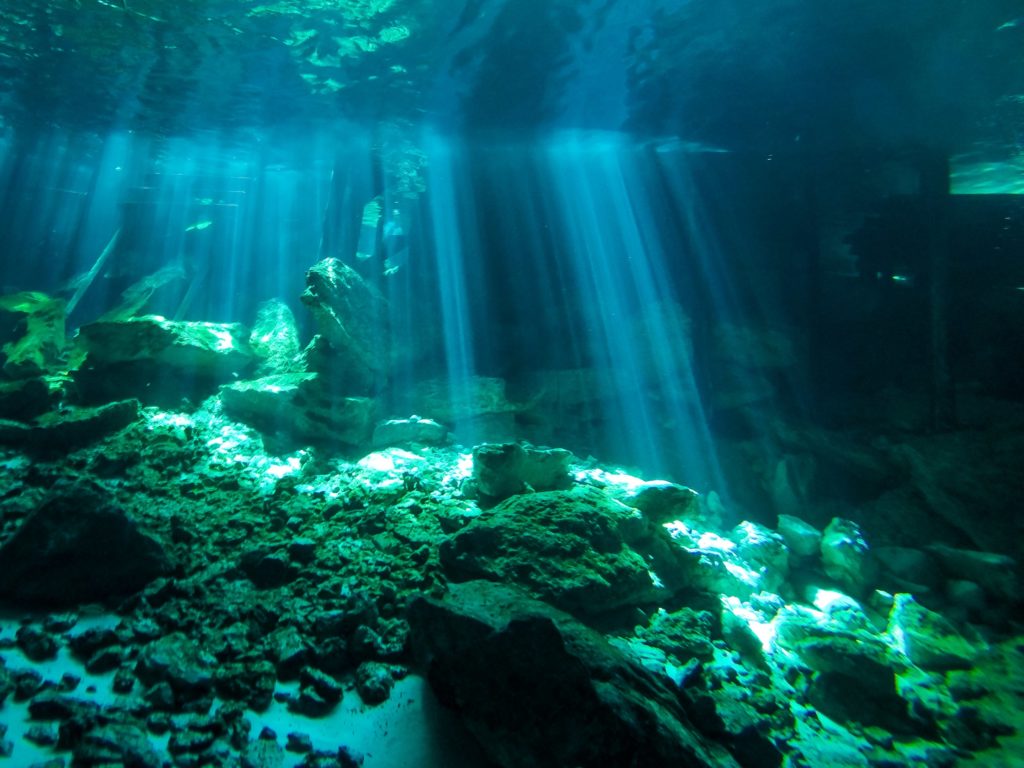
The Dos Ojos Cenotes is a popular snorkeling and cavern diving site receiving typically a hundred or more tourists per day. The majority of cavern dives are at 5–7 meters. Most guided cavern dives include two dives in one day, each being 45 minutes long plus a 60-minute surface interval. It is possible to traverse underwater into another adjacent cenote called the “Bat Cave”, which is also used for snorkeling. Visibility is excellent and generally limited by available light rather than water transparency.





